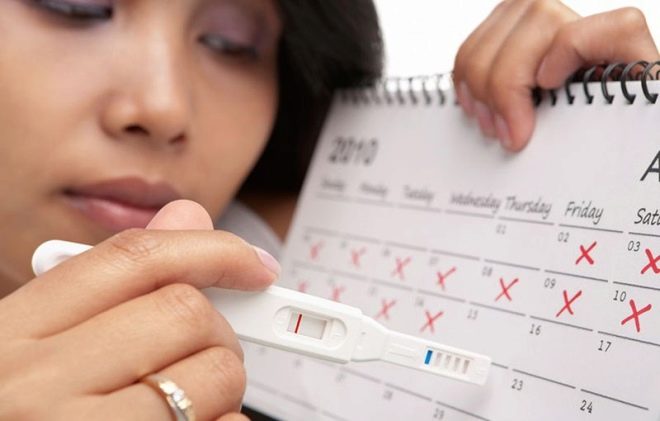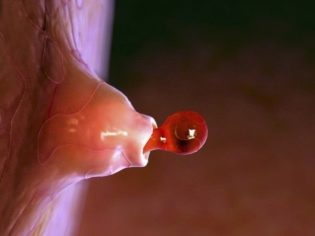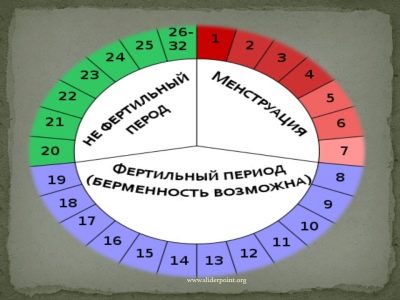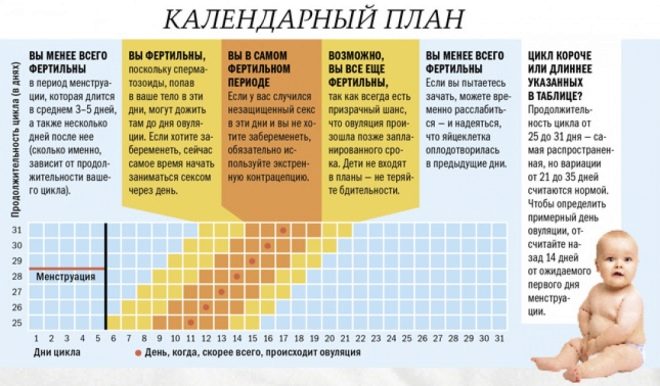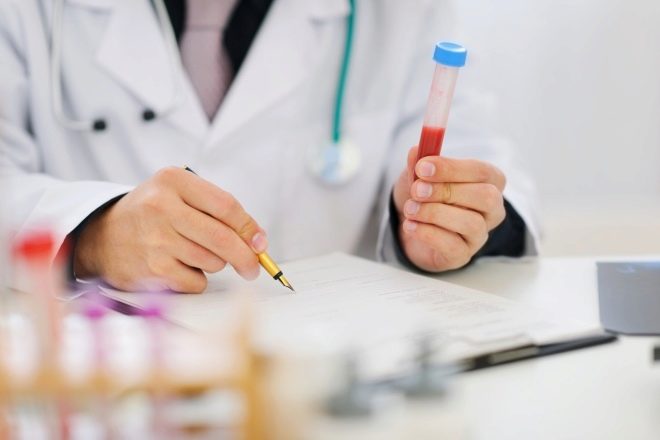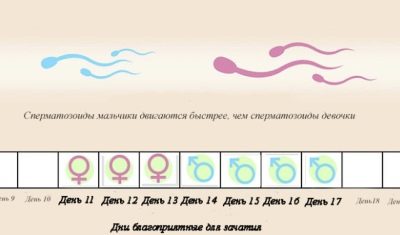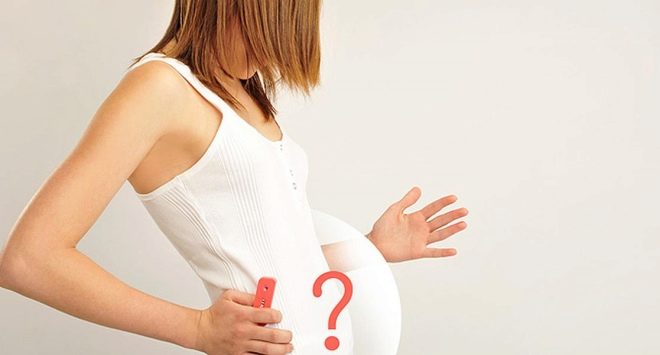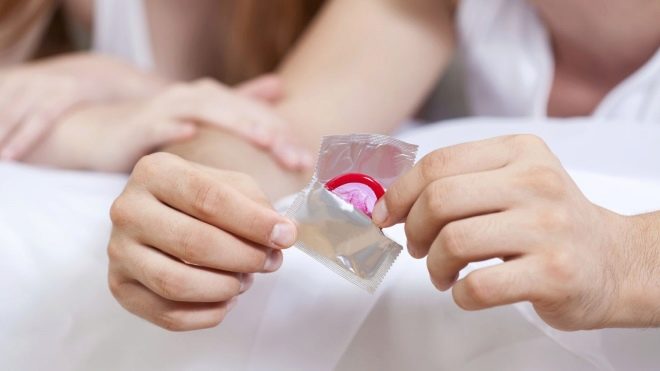All about fertile days
The female body is very complex, and the cyclical nature of the reproductive system by nature is not accidental. A woman cannot become pregnant, whenever she wants, on any day of her female cycle. In order for conception to take place, you need to wait for fertile days.
What it is?
Fertility is the ability to reproduce, conceive, bear and give birth to offspring. Fertile days are the days most favorable for fertilization. Men can fertilize a female egg on any day, they do not need to determine some kind of auspicious period, but for a woman, knowing the timing of their fertile days is an important component of caring for their health and that of their offspring.
To put it in simple terms, it is fertile, that is, capable of procreation, a woman on the day of ovulation and during the day after it. It is in such a short period of time that the viability of the egg cell is limited. But fertile days are not only ovulation, but also days before and after it. Why so considered?
The fact is that male sex cells have a greater viability than the female ones: sperm, once in the genital tract, where nature has created the most acceptable conditions for long-term survival, they can maintain their mobility and functional consistency for 2-3 days (and Some men with a high level of fertility and even up to 5-6 days, but this is more likely a rarity).
When ovulation occurs, and the egg leaves the follicle and goes into the fallopian tube, such "long-livers" may well wait for her there, conception will take place, even if sex was not during ovulation, but three days before it. It is also difficult to predict how long the released egg will remain viable - it can live for 18 hours, and 24 hours, and in rare cases - up to 30–36 hours, and therefore also 2-3 days after ovulation also include the fertile days, when conception is not excluded.
The totality of fertile days is called fertile window in the female cycle. A woman's ability to become pregnant is closely related to ovulation. And it is during the period of the fertile window that this ability, as never before, is high.
In women with a regular cycle, fertile days usually have a certain constancy, and therefore it is not difficult to calculate them. In women with an irregular cycle, everything is somewhat more complicated, but even such days are favorable for conceiving because of the achievements of modern medicine.
Ovulation, as a factor closely related to fertility, is the release of an egg from the follicle. There, the oocyte matured in the first phase of the menstrual cycle, and under the action of luteinizing hormone, the follicle ruptured and released the female sexual cell ready for fertilization. Fertilization occurs only during the period of ovulation and during the life of the living egg. (day on average after leaving the follicle). This period usually falls on the middle of the woman's menstrual cycle, if you count from the first day of the next menstrual bleeding.
A total of about 7 fertile days in the cycle, taking into account the ovulation itself and 2-3 days before and after it. This means that a fertile woman is only in this period.
Why do I need to know the boundaries of the fertile window?
The question may arise: why do we even need to calculate fertile days? The answer is simple: to plan your life. If a woman wants a child, sexual intercourse should be carried out with particular diligence during the fertile window, if the ladies goal is to avoid unwanted pregnancy, the definition of a “dangerous period” will allow to be more vigilant and, if necessary, use additional contraceptives.
Many women, based on the knowledge of their own period of fertility, are protected from unwanted pregnancy. This method is called calendar. It consists in the prevention or additional contraception in the fertile period. On the other days of the cycle, women lead a familiar rhythm of sexual life. This method of protection, we say immediately, is considered unreliable.
There is the so-called Pearl Index - the world-wide accepted expression of the reliability of a particular method of contraception. So, in the calendar method it is only 55–60%. This means that six out of ten women will not actually have a pregnancy, but four out of ten will face unplanned detection of two stripes on a pregnancy test.
Knowing your fertile days cannot be considered a reliable protection against pregnancy for the reason that a woman’s ovulation is not constant, and it may well shift under the influence of exogenous and endogenous factors, for example, in case of illness, cold, after a flight and change of the climatic and time zone, as well as due to stress. Also, one should not ignore the phenomenality of the female body - the so-called repeated ovulation can occur rarely, and then the second egg, released from the follicle later than the first, may well be fertilized, because the lady is sure that she has a sterile period and is not protected.
But for planning the conception of a baby, knowledge of fertile days is a necessary and necessary method. Only if ovulation occurs, sexual contact takes place during the period of fertility, and conception does not occur within a year, can we talk about possible infertility. But practice shows that some ladies quickly begin to experience - they just have sexual intercourse in the wrong days, and therefore they do not conceive.
It is with the clarification of the fertile period in a particular lady begins a medical examination for planning pregnancy. And that is precisely why your “I want a child” must begin with the ability to correctly determine the boundaries of your own fertile window.
How to determine fertility days?
There are several methods for determining the fertility period in the female cycle. They differ in availability, simplicity and reliability. Let's look at each.
Calendar
The advantage of this method is accessibility - any woman can easily calculate her fertile days. The disadvantage is that the method does not take into account the individual characteristics of the body in women and girls, possible shifts in ovulation due to stress, illness, travel, etc. Ovulation is regulated by hormones, and their ratio under the action of various causes may change. The calendar method is more suitable for women with a regular cycle.
The first day of menstruation is considered the first day of the new female cycle. After the menstrual bleeding is completed, a follicle-stimulating hormone is produced in the woman's body, under the action of which several follicles on the ovaries begin to mature, but one (in rare cases, two) will do it faster than the others, and the development of the others will be inhibited, only the dominant follicle will remain.A couple of days before ovulation, the level of the hormone LH (luteinizing) rises and it is he who provokes the rupture of the follicle and ovulation itself.
This process generally takes 14 days. Ovulation in most cases occurs in the middle of the female cycle. But we remember the rule “plus / minus 3 days”, and therefore the fertile period is calculated by the formula:
O = D-14 + \ - 3 days, where O is the boundaries of the fertility period, D is the cycle duration for a particular woman.
Knowing this, you can count individual boundaries. If your cycle lasts every month for 28 days, then ovulation should be expected on the 14th day of the menstrual cycle, calculated from the first day of menstruation, and the first day of the fertile period will fall on the 11th day. The fertile window will end on the 17th day of the menstrual cycle. If the duration of your cycle is 30 days, then ovulation should be expected on day 16, and the beginning of the fertile window will be on day 13, the woman’s fertile period will end on day 19 of the menstrual cycle.
If the cycle duration cannot be determined, because it is unstable, it is customary to withdraw in obstetrics average duration in the last 4–6 months. This will help the female calendar. It is necessary to add the duration of the last 4-6 cycles and divide by the number of cycles. So you know your average duration and you can continue to make calculations using the above formula.
Naturally, with an irregular cycle, the accuracy of the method is significantly reduced.
Symptothermal method of recognition of fertility
The author of this technique is the Austrian doctor Rötzer. The essence of the method is that a woman should keep a calendar, in which she will enter daily data on basal temperature, cervical secretion and the position of the cervix relative to the exit from the vagina. The method is quite available for home diagnostics, its accuracy is higher than the calendar, but errors are not excluded. To a greater extent than the calendar, it is suitable for women with irregular cycles and lactating women.
The essence of the method is that the whole cycle is divided into several stages - before ovulation there is a period of infertility, in the period of ovulation - a period of fertility, after it - again a barren period. Each must be confirmed by double signs.
On the onset of the period of fertility says basal temperature rise (it should be measured every day at the same time, without getting out of bed, by the same thermometer), an increase in the amount of cervical mucus (discharge becomes more abundant, they resemble a transparent, friable, raw chicken protein), softening and lifting the cervix (determined with self palpation).
Additionally, it is worth noting individual symptoms - in some, the breast increases, sexual desire increases. But, of course, only by these signs it is impossible to understand that a fertile window has come.
Ovulation tests
These are special pharmacy tests that can be easily used at home. At observance of requirements of the instruction their accuracy is rather high. There are strip tests that are lowered into the urine for a few seconds, there are electronic reusable tests and even modern microscope tests that determine the approach of the fetal period by saliva.
The principle of the test - the reaction of the reagent on the hormone LH (its peak precedes ovulation), and mini-microscopes that determine the pattern of crystallization of saliva, are based on the change in fluids under the influence of estrogen.
If you find two strips of ovulation, you should usually expect within a day or two. Positive results persist until the end of the fetal period, and then the tests again become negative.
Minus - in the probability of error, which is insignificant, but still there. That is why it is recommended to use this method in combination with calendar, temperature or symptothermal.
Fertility Tests (Fertility Predictions)
This is a combination of two stages of the survey. On the first do ultrasound of the ovaries.This happens immediately after the end of the next menstruation (usually on the 5–6th day of the menstrual cycle). The doctor notes the activity of the ovaries, the number of mature follicles, their size. For a positive prognosis you need at least 5 follicles. Ultrasound can be repeated a couple of days before the intended ovulation.
Also doing blood tests for hormones: if the level of FSH is high and LH is low, then the probability of conception in this cycle is minimal. The peak concentration of luteinizing hormone indicates that ovulation will occur within 16–24 hours.
Probability of pregnancy
The probability of becoming pregnant on fertile days is the highest. But even the correct definition of the boundaries of the fertile window does not guarantee a woman that the pregnancy will necessarily come. Much will depend on the health status of the partners, on the fertility of the man, on the age of the partners, etc.
The highest probability of conception in fertile days in healthy women aged 20 to 30 years. It is compiled from 28 to 33%. Given that the average fertility index of men who are healthy and able to fertilize an egg is within 30%, the chances of conception at this age are as high as possible for women.
After 30 years, the number of anovulatory cycles per woman begins to increase gradually per year. If a young healthy girl in the years has 1–2 cycles without ovulation at all, then after 35 years up to 5–6 such cycles per year can occur, and therefore the probability of conception significantly decreases.
Over the years, a woman acquires extra pounds, chronic diseases, hormonal disorders, which can also cause the absence of pregnancy, even in the fertile period.
Brown secretions on fertile days, false negative or positive results of ovulation tests can speak about hormonal disorders.
Myths and Truths about Fertility Days
There are quite a few myths about the gestational days among women, many of which have no scientific or medical evidence. Here are some of them.
On the days before ovulation, you can conceive a girl, on the day of ovulation - a boy
This myth was born on the features of sperm. Since the sex of the child depends solely on the father, and, more precisely, on what type of sperm the oocyte fertilizes (with the genetic set XX or XY), for some reason it is believed that the sex cells with the set XX are more durable, and the sperm XY is faster.
Therefore, to conceive a girl, it is recommended to have sexual intercourse before ovulation, so that only the most survivable (XX) waited for the egg in the genital tract, and advised to ovulate the child a day after it. In fact, scientists did not find any differences between the spermatozoa of these two types - neither in the speed of movement, nor in the period of viability. And because the method of planning the sex of the child for ovulation in fertile days - this is nothing more than a myth.
You can get pregnant right after your period, because sperm can survive for more than a week
In practice, spermatozoa do not live so much. If this happens, this is a very rare case of phenomenal increased male fertility.
But in any case, after menstruation, the female body must go through the stage of maturation of follicles, and therefore it is not possible to get pregnant in the first 4 days after the end of menstruation, unless, of course, a certain hormonal failure occurs, which will significantly accelerate the release of the egg. And even in this case, conception is unlikely - an immature oocyte is not capable of normal division.
Nevertheless, the guards must remember the meager probability of such an outcome of events.
Tips and tricks
Having determined the period of your fertility, strictly follow the recommendations of specialists. If you want to conceive a child, then from the very first fertile day spend unprotected sexual acts with regularity once in two days. After coitus, lie down in peace, raising your legs above your head. This will facilitate the difficult task of passing spermatozoa to the fallopian tubes.
Avoid the use of intimate gels and lubricants, as well as douching before and after sex. Do not drink coffee, strong tea and dark chocolate, as caffeine reduces the fertility of women. Give up bad habits.
In order to exclude unwanted pregnancy, on fertile days, special attention pay for use of barrier contraception (condom). Discard such a method of protection as interrupted sexual intercourse.
Sperm may even be contained in the lubricant on the head of the penis, and therefore in the fertile period this number of germ cells may be quite enough to conceive a child.
For the symptoms of ovulation and its 8 main features, see the following video.

